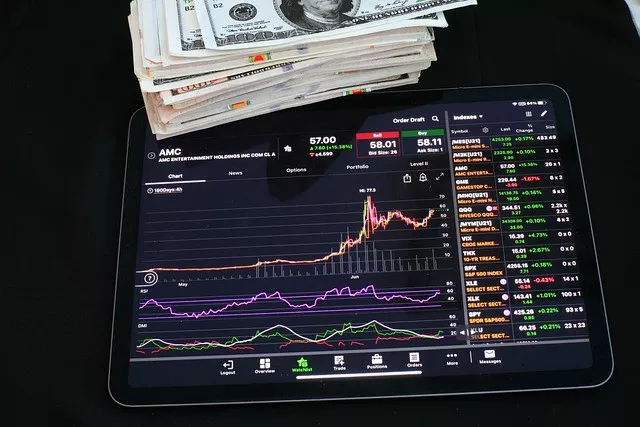In the realm of precious metals, understanding the concept of spot prices is essential for investors and market participants. Spot silver price refers to the current market value at which silver can be bought or sold for immediate delivery. This article aims to provide a comprehensive understanding of spot silver price, its significance in the precious metal markets, and the factors influencing its fluctuations.
I. Definition and Calculation of Spot Silver Price
Spot prices represent the prevailing market value of an asset at the present moment, without factoring in future expectations or considerations. The spot silver price is determined through real-time trading activity on various platforms, including commodity exchanges and over-the-counter markets.
To calculate the spot silver price, several factors come into play. Market participants, such as banks, dealers, and institutional investors, provide bid and ask prices based on supply and demand dynamics. The midpoint between these bid and ask prices reflects the spot silver price. High liquidity and trading volumes contribute to more accurate spot prices that reflect the true market value.
II. Role of Spot Silver Price in Precious Metal Markets
Spot silver price serves as a crucial benchmark and reference point for pricing silver-related products and financial instruments. It is used as a basis for determining the value of silver futures contracts, options, exchange-traded funds (ETFs), and other derivative instruments. These financial products allow investors to gain exposure to the silver market without physically owning the metal.
Moreover, spot prices are utilized in the valuation of physical silver products, such as coins, bars, and rounds. Dealers and retailers often determine the selling price of these products by adding a premium or markup to the prevailing spot silver price. The difference between the spot price and the retail price accounts for fabrication costs, minting charges, and dealer margins.
III. Factors Influencing Spot Silver Price
The spot silver price is influenced by a myriad of factors that encompass both macroeconomic and market-specific dynamics. Understanding these factors can provide insights into the reasons behind the fluctuations in spot silver price.
Supply and Demand Dynamics:
As with any commodity, supply and demand play a significant role in determining the spot silver price. Factors affecting supply include mine production, recycling rates, and government policies. On the demand side, industrial applications, jewelry fabrication, and investor sentiment all impact the overall demand for silver.
Economic Indicators:
Macroeconomic indicators, such as GDP growth, interest rates, inflation, and currency movements, can influence the spot silver price. For instance, a strong economy and low inflation typically increase industrial demand for silver, while high interest rates may enhance the opportunity cost of holding non-interest-bearing assets like silver.
Geopolitical and Economic Uncertainty:
Political tensions, trade disputes, and economic uncertainties can significantly impact precious metal markets, including silver. During times of geopolitical unrest or economic downturns, investors often seek refuge in safe-haven assets like silver, driving up demand and consequently, the spot silver price.
Investor Sentiment and Speculation:
Market sentiment and speculative trading activities can introduce short-term price volatility to the silver market. Investor sentiment towards silver as an alternative investment or a hedge against inflation can influence the demand for silver and subsequently impact its spot price.
Currency Movements:
Given that silver is priced in various currencies, exchange rate fluctuations can affect the spot silver price. A stronger domestic currency relative to other currencies can make silver more expensive for foreign buyers, potentially dampening demand and lowering the spot price.
IV. Limitations of Spot Silver Price
Although spot silver price serves as a vital reference point for market participants, it is important to recognize its limitations. Firstly, spot prices reflect the current market conditions and may not account for future expectations or events that could impact silver prices. Additionally, spot prices in the physical market may differ slightly due to regional variations, transportation costs, and local supply-demand dynamics.
Moreover, spot silver prices do not factor in transaction costs, such as commissions or storage fees, which can affect the overall cost of acquiring physical silver assets. Lastly, spot prices primarily represent wholesale trading levels, while retail prices often include additional premiums and charges.
Conclusion
Spot silver price serves as a real-time indicator of the current market value of silver and plays a crucial role in pricing various silver-related financial instruments and physical products. Supply and demand dynamics, economic indicators, geopolitical uncertainties, investor sentiment, and currency movements are key factors influencing spot silver price fluctuations.
However, it is important to remember that spot prices are subject to short-term volatility and may not capture long-term trends or incorporate all costs associated with acquiring physical silver assets. Investors and market participants should consider these factors and conduct comprehensive research to make informed decisions based on their investment goals and risk tolerance.


